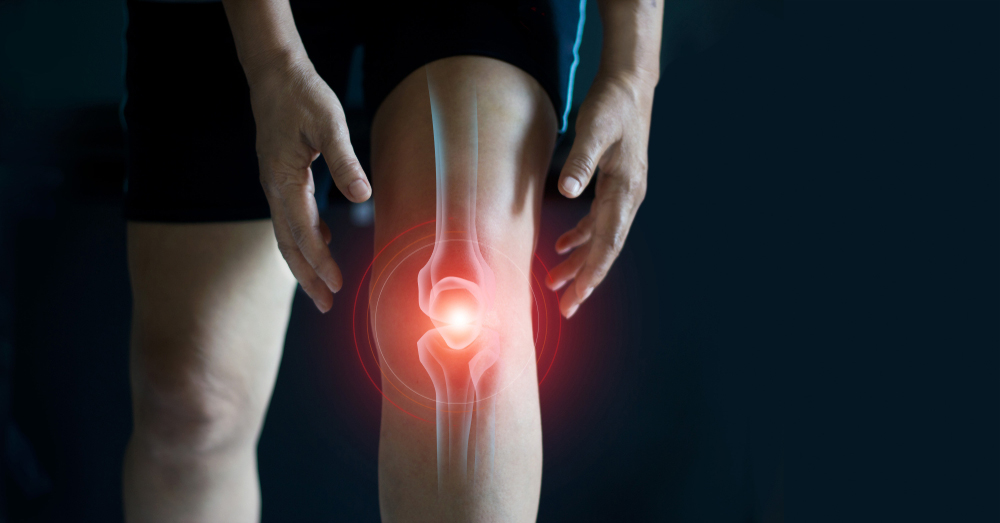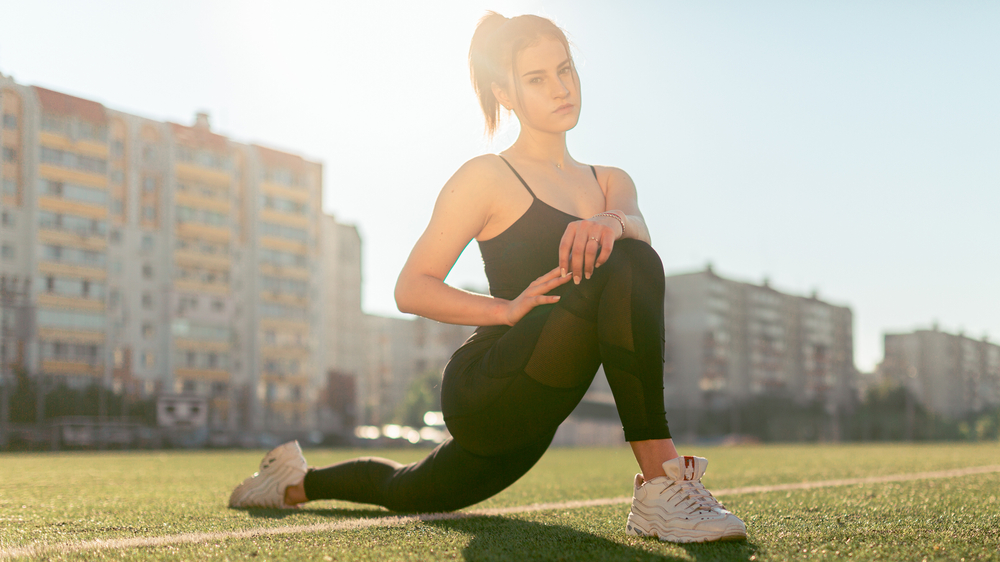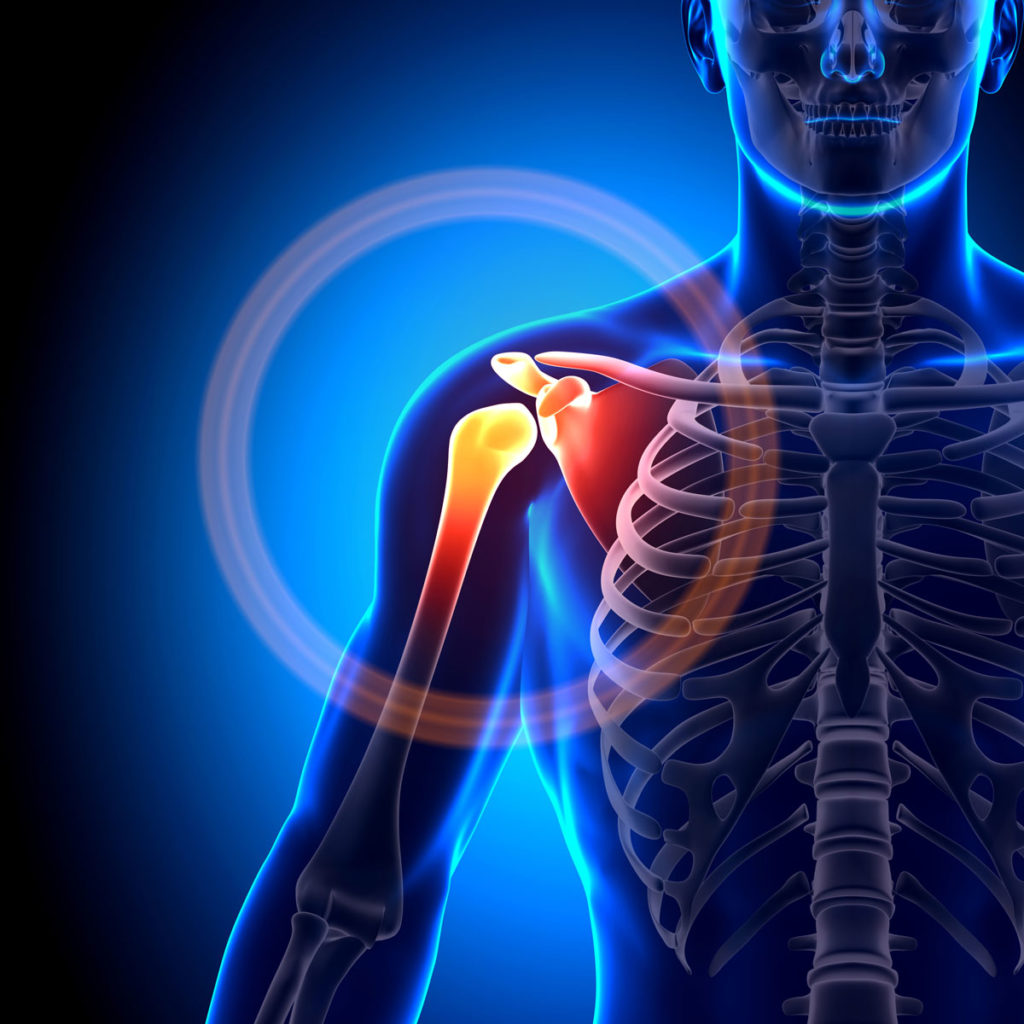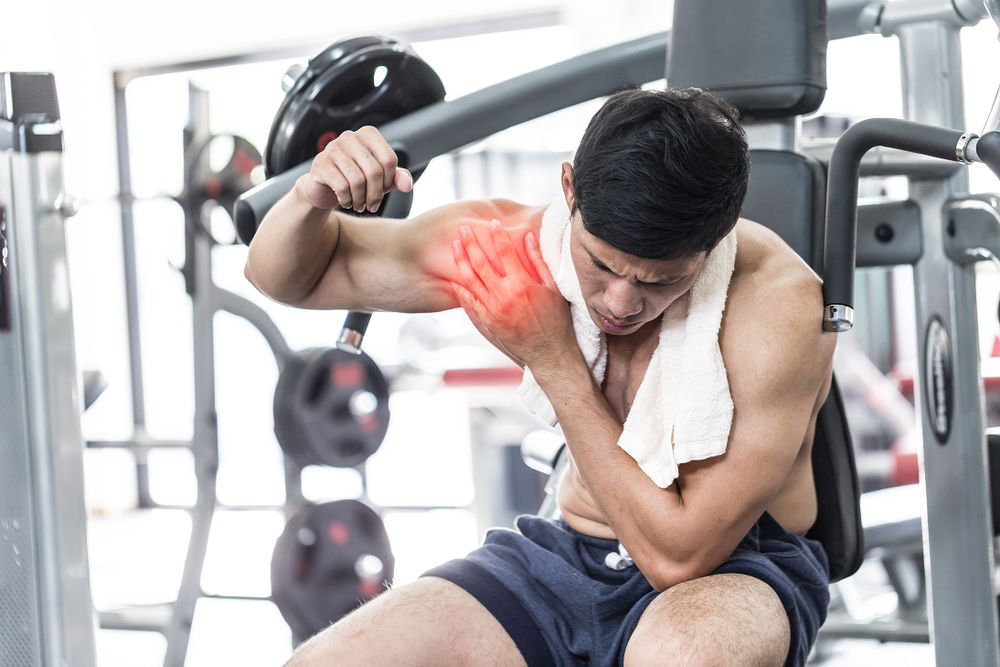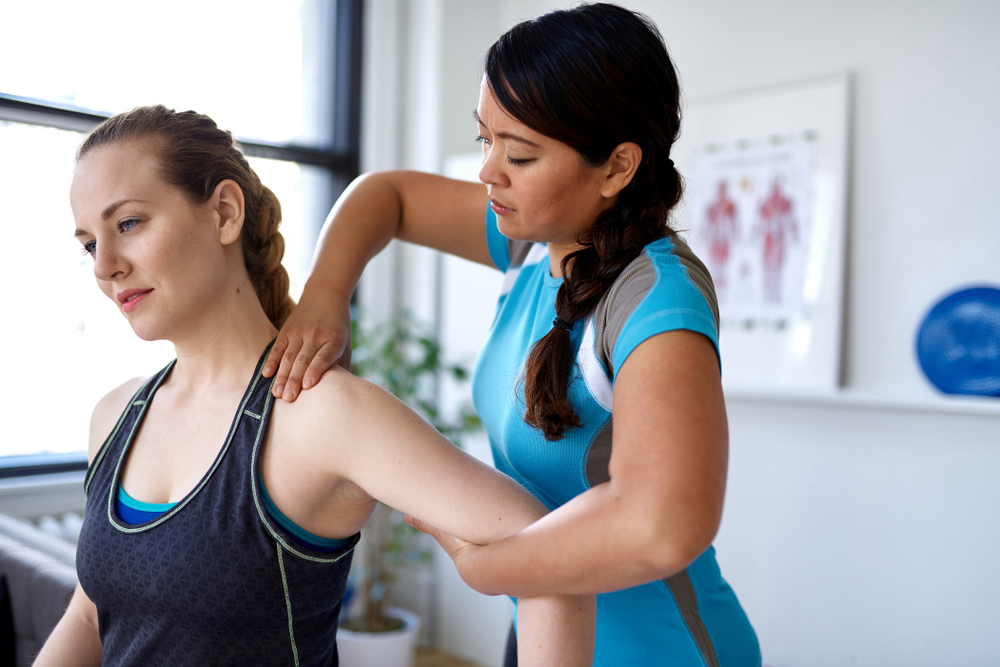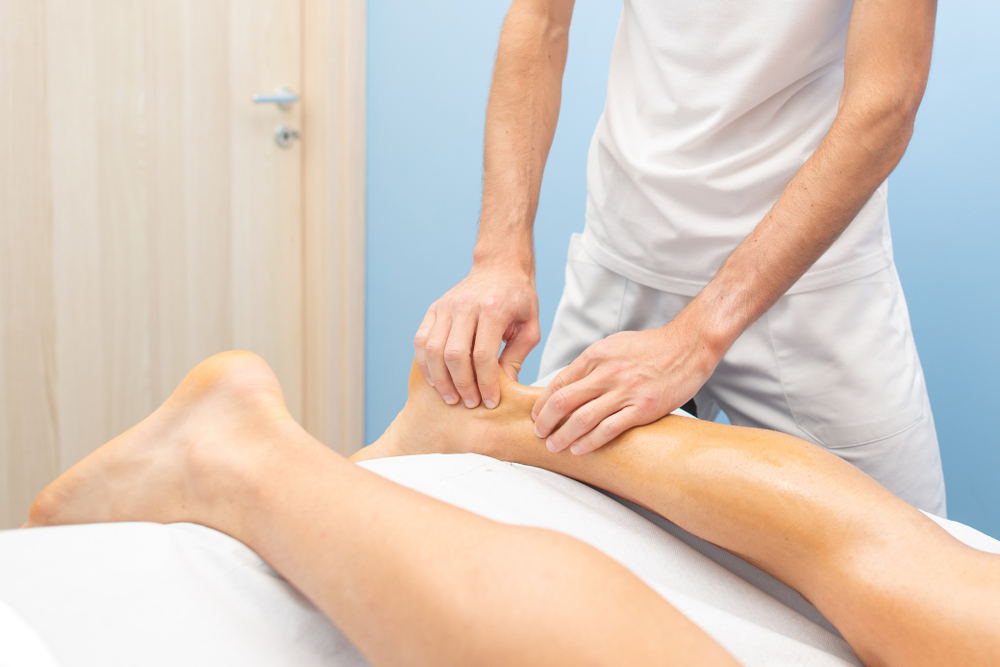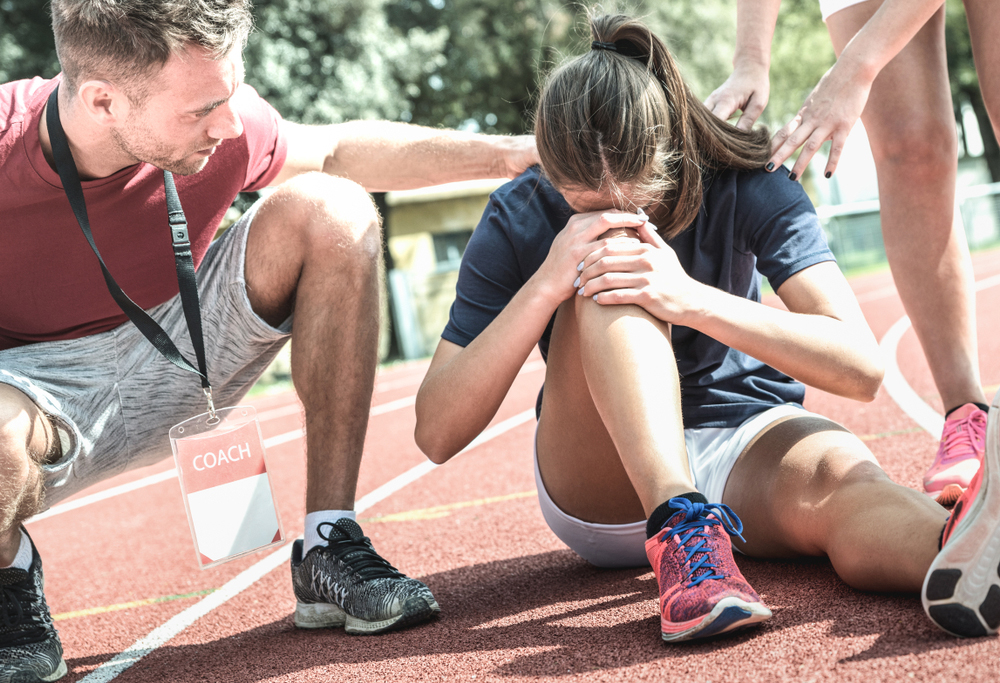The knee joint, which ensures the stability of the lower limb, is subject to a great deal of stress in sports.As a result, it is unfortunately one of the frequently injured joints.The knee joint is a joint complex joining the tibia to the femur.It comprises two ovoid-type (condylar) femorotibial joints and a mobile pulley-type (trochlear) patellofemoral joint.
The different joint surfaces in contact in the knee joint
These are: The lower end of the femur and the condyles which respond to the tibial glenoid, and the trochlea which responds to the posterior aspect of the patella; The upper end of the tibia (the tibial glenoid) which responds to the femoral condyles; The patella, of which the upper 2/3 of the posterior aspect responds to the femoral trochlea; The menisci, located between the femoral condyles and the tibial glenoid.They improve joint congruence and lubrication while helping to distribute the pressure stresses experienced by the knee.The different means of union of the knee joint: The means of connection of the knee joint are : A joint capsule which is lined on the inside by synovium; Ligaments: lateral, cruciate, patellar, sub-patellar, and popliteal; Tendons: patellar and quadricipital
How do the knee joints move?
The movements of the knee joint can be carried out around two axes: 1- The transverse axis: the flexion/extension movements are carried out in a sagittal plane along this axis.Flexion, which can reach an amplitude of 160° in passive, is mainly due to the hamstrings and the twins.This flexion movement is limited by the contact of the hamstrings against the calves during squatting.Extension, on the other hand, is mainly due to the quadriceps.This extension is limited by the tension of the cruciate and lateral ligaments.2- Longitudinal axis: rotational movements take place around this axis in a sagittal plane.Automatic rotations are linked to the flexion/extension movement due to the fact that the two femoral condyles do not have the same radius of curvature.During flexion there is an automatic internal rotation, and during extension there is an automatic external rotation.It should be noted that voluntary rotations can only be done with the knee flexed.Internal rotation is primarily due to the medial rectus, the couturier, the semitendinosus and semimembranosus.It can reach an amplitude of about 30°.External rotation is mainly due to the biceps femoris and can reach 40° of amplitude.Despite its high mobility in flexion/extension, the knee has a relatively high joint strength.Similarly, the tensioning of powerful ligaments controls the extent of movement.These real stabilisers of the knee joint are : The cross ligaments: whose antero-external bundle limits internal rotation, and whose postero-internal bundle limits flexion; The internal and external lateral ligaments: they limit extension and external rotation The anterior fibrous plane, composed of tendons and ligaments The posterior fibrous plane: also made up of ligaments, it ensures the reinforcement of the joint capsule.
How to strengthen the knee joint?
The muscular strengthening of the knee joint requires the execution of a certain number of exercises.One of the most important for its effectiveness is, of course, the squat.And this despite the differing opinions of some.This complex movement, which confronts the body with the reality of squatting, requires a lot of attention.This attention is important for both the instructor and the participant in order to avoid traumatic risks that are always possible.The correct position of the practitioner and the bar to practice a squat: The instructor must ensure that the practitioner systematically places his knees in the axis of his toes.This avoids an internal rotation that could cause premature wear of the internal edges of the menisci; The instructor can recommend the use of a wedge, or better still, the wearing of weight-lifting shoes to relieve possible tensions on the Achilles tendons.This often occurs due to a lack of flexibility; During a very heavy squat, the educator may recommend the use of a strength belt to reduce spinal pressures.This allows a pressure reduction of about 30° on the intervertebral discs and spinal muscles.Knee pads can also be used to relieve pressure on the knees; the instructor should insist on placing the bar on the back.In particular, the bar should never rest on the prominent vertebrae in order to avoid excessive pressure on the cervical region.In particular, placing the bar on a hypertensive neck should be avoided.To perform a squat correctly: It is important to maintain better overall balance on the one hand.It is important to keep the torso as straight as possible in order to minimise spinal stresses (reduction in spinal leverage).The instructor can also recommend the practice of the weightlifting type of clavicle squat.This exercise requires ideal postural maintenance.Thus, despite their relative solidity, the knees must permanently support approximately 60% of the body weight in everyday life.In addition, in many sports activities, jumps, landings and rotations put a lot of strain on this joint, forcing it to constantly cushion and stabilise the practitioner.Therefore, it is essential to recognize the importance of working on its strengthening.
FOR MORE INFORMATION
Our other resources
SPORT AND JOINTS: BEWARE OF BREAKING UP
TENDINITY AND OSTEOPATHIC
TREATMENT
A tendonitis in musculature
OSTEO-ARTICULAR RISKS
INFLAMMATION,
AN EVIL NOT TO BE MISSED
THE JOINT SYSTEM OF THE SHOULDER
EFFECTS
OF STRETCHING ON JOINT MOBILITY
HOW TO PRESERVE YOUR JOINTS?

